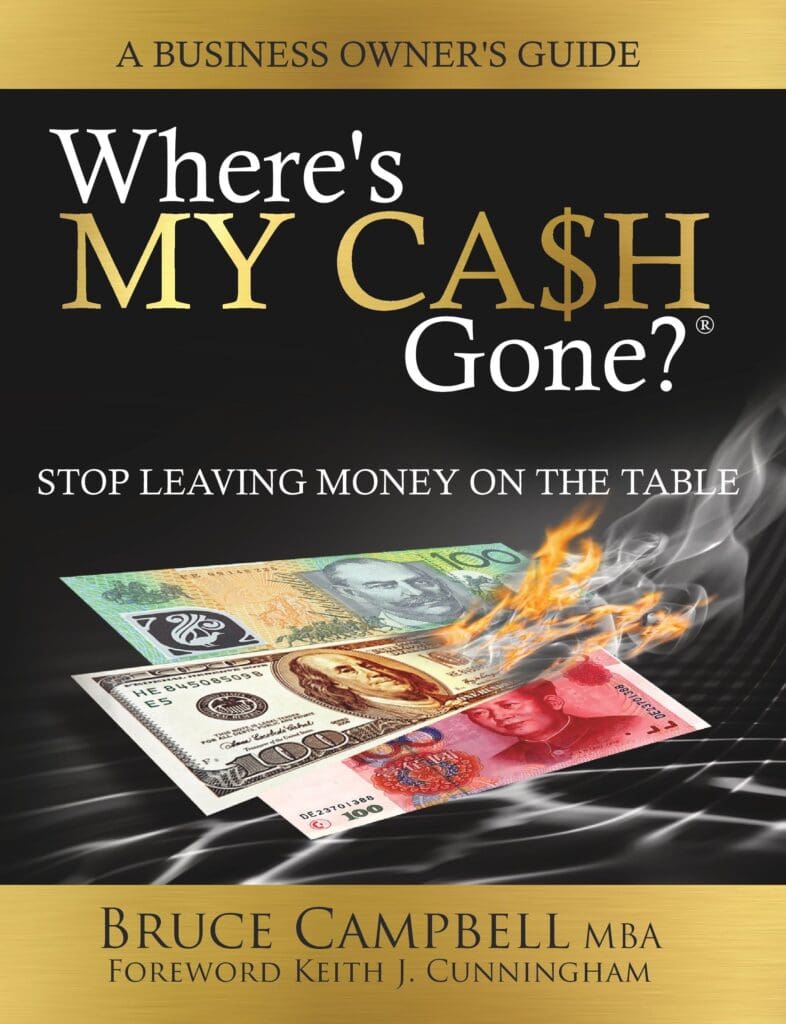The Dangerous Cost of Discounting: Why Reducing Prices Can Hurt Your Business
In the pursuit of sales, many business owners fall into a common trap: discounting.
On the surface, it might feel like a quick way to boost conversions and bring in revenue – but underneath, it can quietly destroy your profit margins and strain your business.
At Entrepreneurial Business School (EBS), we teach smart business strategies that drive sustainable growth – not just short-term sales wins. In this post, let’s take a closer look at why discounting can be more damaging than you think, and how to make smarter decisions around pricing.
What Actually Happens When You Discount?
Let’s break it down with a simple example:
-
Original sale price: $100
-
Cost of goods: $80
-
Profit: $20
Now, let’s say you apply a 10% discount to make the product more attractive to buyers. You’re now selling at $90. But your costs stay the same at $80.
-
New profit: only $10
You’ve cut your profit in half.
And here’s the kicker:
To make the same total profit, you now need to sell twice as many units.
The Real Cost of “Selling More” Through Discounts
If you think you can make up for lower prices by selling more volume, think again. You’re not just working harder – you’re working twice as hard just to stay where you were.
“You have to get twice as busy just to make the same amount of money.”
This is where discounting becomes dangerous – it puts immense pressure on your operations, team, and cash flow for very little gain.
When (and Where) Discounting Makes Strategic Sense
Now, let’s be clear: we’re not anti-discounting at EBS. There are scenarios where discounting can be used wisely:
-
Clearing old inventory: If you’re a retailer, wholesaler, or trades-based business with stock that’s been sitting too long, discounting to free up shelf space and improve inventory turnover makes sense.
-
Reducing inventory days: If that discount helps unlock cash tied up in stagnant stock, it can be a smart strategic move.
In these cases, the discount isn’t random – it’s part of a clear plan.
Where Discounting Goes Wrong
Here’s where discounting does not make sense:
-
You’re using it because your sales skills aren’t sharp enough
-
Your business lacks a clear competitive advantage or unique selling proposition (USP)
-
You’re treating discounting as a shortcut instead of strengthening your offering
“If you’re relying on discounting as a get-out-of-jail-free card, you’ve got a bigger problem.”
A Word to Sales Teams: What’s Your Discounting Policy?
If you have salespeople in your business, ask yourself:
-
Do they know when and how discounting should (or should not) be used?
-
Do you have a clearly defined discounting policy?
-
Are they relying on discounts instead of developing their sales capability and positioning?
If the answer is unclear, it’s time to tighten up your strategy.
A Visual Tool to Help You Decide
For EBS clients – Inside the EBS Portal, you’ll find a downloadable PDF tool that outlines the true effects of discounting based on your profit margins. It will show you just how much more you need to sell to make up for every discount you give.
For many business owners, this is the tool that finally flips the switch.
“The day I saw this chart was the day I stopped discounting altogether.”
Final Thoughts: Discounting Is a Slippery Slope
While discounting might feel like a quick fix, it often leads to long-term problems. Margins shrink, stress increases, and your team ends up running harder for fewer results.
Instead, focus on:
-
Building a stronger value proposition
-
Training your team in better sales conversations
-
Making pricing a strategic lever, not a panic button
Don’t get twice as busy just to stay in the same place.
Make strategic decisions that grow your profit—not just your revenue!
At Entrepreneurial Business School, we give business owners the tools to grow stronger, smarter, and more sustainably. Already an EBS client? Log in to your EBS Portal to download the full discounting impact PDF and strengthen your pricing strategy today.


